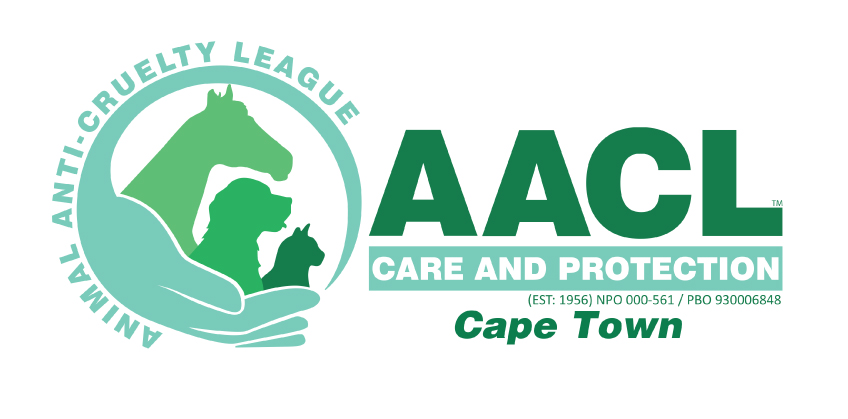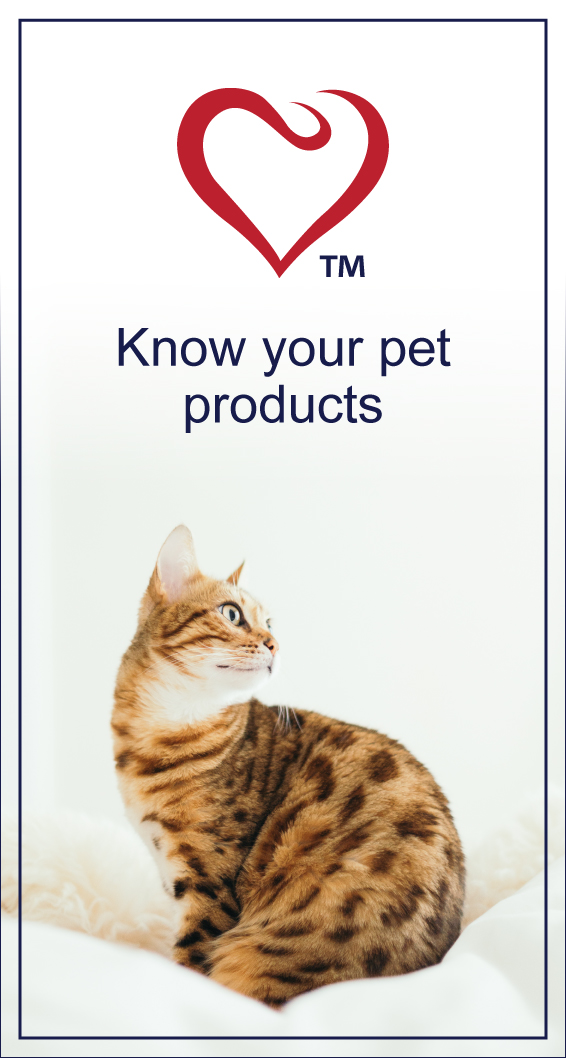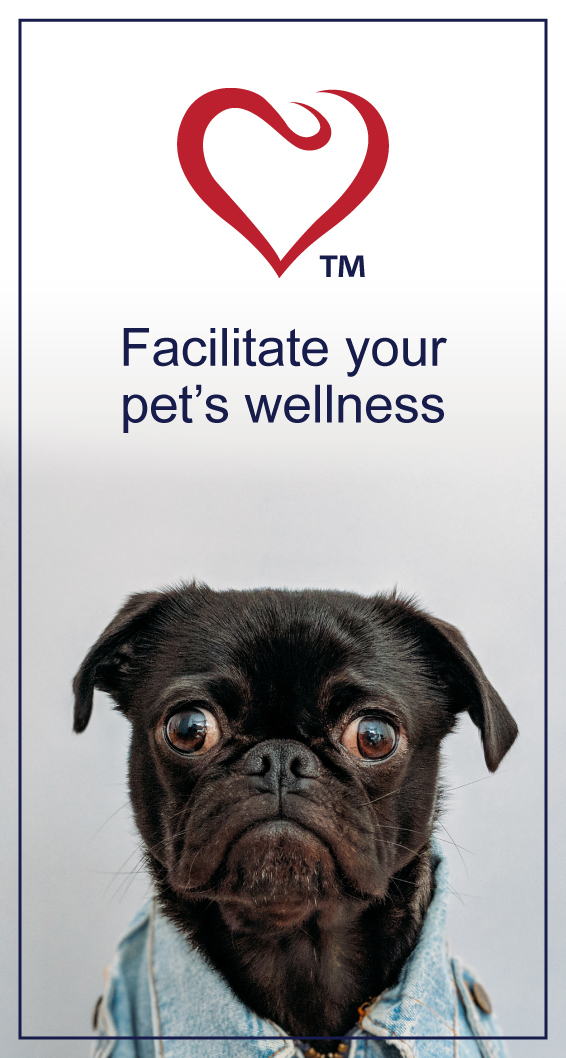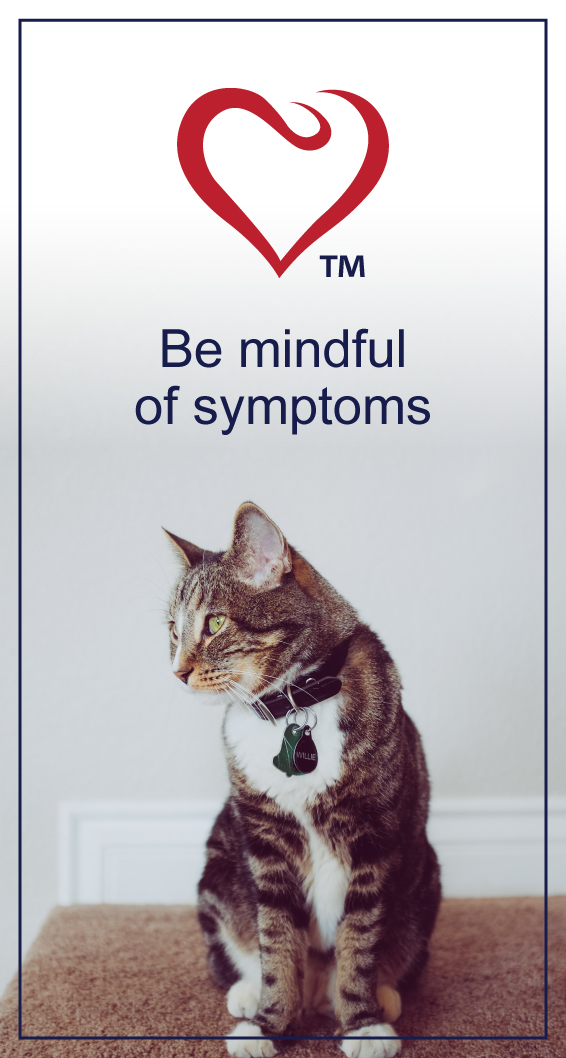HEALTH & WELLNESS

TRENDING

AACL – Animal Anti-Cruelty League
We’re excited and honoured to feature South Africa’s second largest independent animal welfare organisation on PetlifeSA.
Let’s Take a Look at Pollen Allergy in Pets

Just like humans, dogs and cats can be allergic to pollen which is an inhalant allergen. During allergy season, when pollen counts are very high, allergies can flare up.
Types of Inhalant Allergens
- Tree pollens
- Grass pollens
- Weed pollens
- House dust mites
- Mildew
- Mold
- Dust
Good To Know
Pets that are allergic to inhalant allergens may be allergic to flea saliva and certain foods as well.Signs and Affected Body Parts
Typically dogs will start showing signs of allergic reaction to inhalant allergens between the ages of one and three.- Paws: Swollen
- Nose: Sneezing
- Skin: Red/inflamed and itchy
- Eyes: Itchy and/or runny
- Face: Swollen face, lips and/or eyelids
- Throat: Inflamed which leads to snoring
- Ears: Itchy and/or swollen; chronic ear infections
- Gastrointestinal: Diarrhoea and/or vomiting
- General: Continual licking and/or chewing
Risk
Skin allergies can lead to secondary infections when wounds (from scratching, biting and licking) become infected. Chronic itching can also be distressing to both the dog and the owner.How to Identify Allergies
Possible ways to test for allergies (which may not be conclusive) include:- Blood tests
- Intradermal skin tests
Treating Allergies in Pets
It’s hard to protect pets from environmental allergens, but there are treatments that may help some pets.- Wipe body daily with a damp towel
- Bathing with therapeutic or hypoallergenic shampoo as recommended by a veterinarian for that particular skin condition
- Medication for allergies prescribed by a veterinarian which may include cortisone, cyclosporine, anti-histamines or apoquel
- Fatty acid supplementation may boost steroid and antihistamines treatment
- Hyposensitisation/desensitisation therapy through allergy injection serum or allergy shots
What is Atopy?
Atopy, in a nutshell, is a heightened immune response to common allergens in the environment. It is thought to be genetic and leads to allergic diseases namely atopic dermatitis (formerly allergic inhalant dermatitis), allergic rhinitis (hay fever) and asthma. Unfortunately there’s no cure, but symptoms can be controlled in some cases. It is important to remember that each pet is unique and will need a unique treatment plan. Your veterinarian will guide you along the process of finding a management plan for your pet. IF YOU THINK YOUR PET IS SUFFERING FROM AN ALLERGY, TALK TO YOUR VETERINARIAN AS SOON AS POSSIBLE TO FIND A SOLUTION OR TO OFFER RELIEF.






petlifesa-general-ad-set-slider-01-FIN
petlifesa-general-ad-set-slider-02-FIN
petlifesa-general-ad-set-slider-03-FIN
petlifesa-general-ad-set-slider-04-FIN
petlifesa-general-ad-set-slider-05-FIN
petlifesa-general-ad-set-slider-06-FIN
petlifesa-general-ad-set-slider-07-FIN






